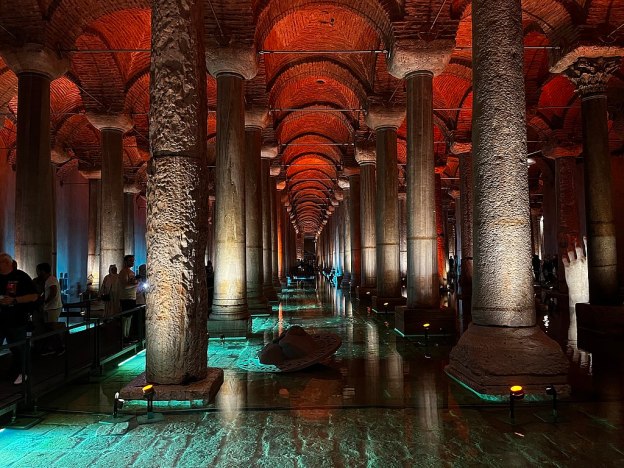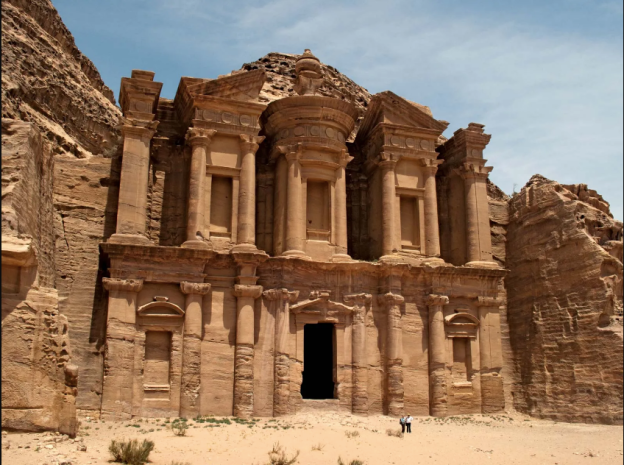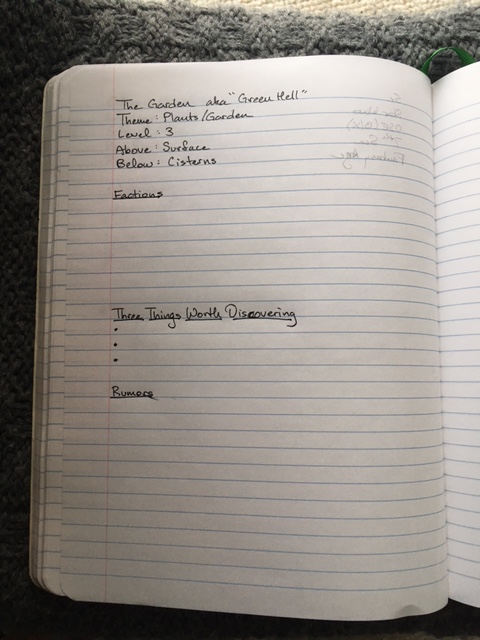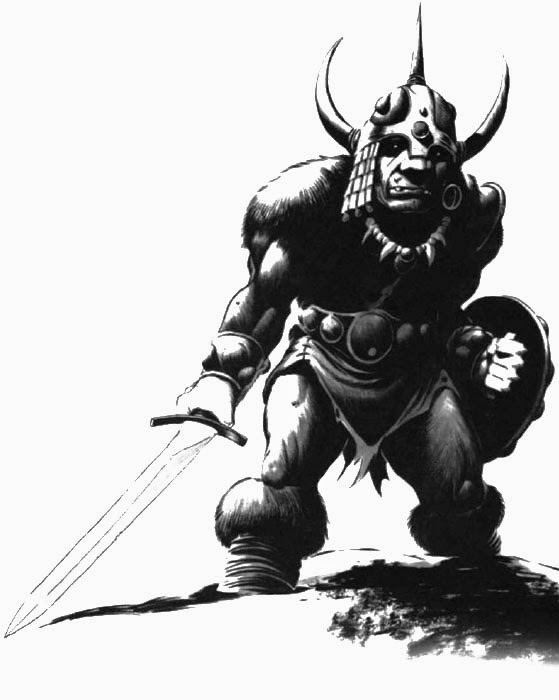2023 is off like a bullet and the challenges are flying left and right. And between those, I’m doing my best to make time for gaming and creative expression. But sometimes it ain’t easy. I totally understand why so many people take long breaks from gaming at this stage of their family.
This month, we bid farewell to the Atabean Sea and the world of Terra once again. So lets talk about that first.
7th Sea Retrospective (once more, with feeling!)
I wasn’t ready to leave. And neither were my players. There was so much left to see, to explore, to get to the bottom of. We had pretty much wrapped up everyone’s first big story arcs, but the stage was set for even bigger things on the horizon.
But we had to go. I had to leave. The journey wasn’t over, but my tour of Terra needed to come to an end.
But at this stage in my life, I just cannot juggle too many different game systems. It’s very hard to compartmentalize and find a good creative balance that doesn’t also consume my work and family life. At work, I’m blessed with the opportunity to not only run RPGs for students during their lunch break, but last year I started managing an after-school D&D club with five other teachers! My role in the equation has been creating content. Lots of content. At this point, I can no longer count the 5-room dungeons I’ve built on both hands. Meanwhile, during the lunch break, we are playing Pirate Borg, an OSR-adjacent game of grimdark pirates. Right now, all my creative juices are steeped in D&D-esque fantasy. I just don’t have the energy to do that all day and then shift gears to 7th Sea, no matter how much I love it.
And let me stress that I love this game. I love it more than I did when we first started playing back during the release phase in 2016. It’s still a challenge to run, and that may be why I love it. I think stepping away from the game for two years was very helpful in figuring out what it did well and how to lean into those things. I love the depth and breadth of the setting, but I also feel the system does things no other game I’ve played does in such an engaging way. I want to keep playing it, to get better at it, to feel that synergy between creativity and play. But sometimes, when you love something, you have to let it go.
And so, for now, we are leaving distant shores of the Atabean for something more conventional. But I will be back.
It’s funny, I don’t revisit a lot of rpgs. When I run games, I tend to run one for 1-2 years in a stretch, then set it aside and move on to something else. That’s what I did with 7th Sea 1st edition. And as much as I loved that game, I really had no desire to go back to it (though I did attempt to adapt it to Savage Worlds a few times). But 7th Sea 2nd edition is different. Maybe because the game works and plays so differently from everything else in my collection. Plus there is so much of the setting that I want to explore! I WANT to run clash-of-cultures game set in Vestenmannavenjar. I WANT to play a game of swashbuckling intrigue set in Iskandar. I think it might even be fun (and educational) to run a monster hunting game set in Eisen (yes, I think I have enough distance from Witch Hunter to enjoy that now).
So one day, the sirens’ call of Terra will lure me to its distant shores again. And I think my players have enjoyed their visits to go along with me for the ride. But for now, we have other fantastic vistas to explore.
Dungeon23 Update
Today is January 31, and Dallas is consumed by successive waves of ice storms. School is closed, and I have completed the last entry of the first dungeon of Alhamra, my Dungeon23 project. The Under Gardens (aka “the Green Hell”) is complete. Tomorrow, I’ll be shifting gears to the Cistern level (aka “the Night Waters”).
What are the Under Gardens? Here’s a really simple boilerplate I wrote for someone on Reddit:
The Under Gardens lie amongst the old underground cisterns that were the lifeblood of Alhamra. They are sort of a dark mirror of the ceremonial gardens that once decorated the heart of the city and the processional to the temple district. They have their own eco-system at this point, full of giant/strange insects and such. They were originally home to the custodians (giant leaf-cutter ants with a sort of intelligent “hive mind”) and the nox (a dim witted neutral goblin variant). But then came Ditty May Knucklebones, a green hag, who had her own ideas about how to run the place. Then, a goblin tribe took refuge here from another adjacent dungeon. Together, they’ve managed to run off the nox and wrest control of the place.
So far, this has been a fun project. I’ve been able to keep up pretty well once, only having a few days were I’ve had to back fill entries. I’m fortunate that my job allows the occasional 10 minutes of calm to scribble something down that’s vaguely coherent. I started with a vague idea of what the level was going to be and let it evolve organically from there. Here are a couple of things I think have helped me succeed, in case any of you want to know:
- I haven’t worried about mapping. I just expect that I’ll go back through at some point and draw a map and reorganize the entries.
- Each week, I try to focus on a “sub-theme”, usually built around a faction.
- I try to keep my entries short. The shorter the better. I usually fit 4-5 entries per page. When I have time and space to creative, I’ll embellish.
- I let the dungeon reveal itself to me one day at a time. I started with a very vague plan and built on it with each entry. If I had a good idea, I’d either put it on my cover sheet or grab a post it note and slap it in there.
- I didn’t really worry about writing every single day. Again, a quick slap dash on a post-it note gave me something I could go back to and fill in later.
- I found that I had fewer days in the month than I rooms I wanted to explore.
- I think the structure of the garden level helped a lot this time around. I didn’t have to worry about empty rooms or mapping because most of this level is a vast, open cavern. The next level is going to be much more challenging.
- I don’t feel any pressure to post every entry I make to social media, nor keep up with everything post on the subject. Don’t get me wrong, I’ve seen some beautiful work from some people, and gotten a spark of inspiration from a post or two, but I just don’t have the time or energy to get involved in that too much. I’m glad other people do, but that is not my situation.
So what’s next? What are the Night Waters? According to my mad scribblings, these are four partially submerged dungeon zones accessible via a few passages in the Under Gardens (including one very macabre sinkhole that goblins use). Three of the zones are accessible, but one is sealed. It must be “opened” to be explored (not exactly sure how that’s going to work yet, but I have some ideas). One thing I’ve already discovered is that D&D (all editions) are absolute crap for aquatic dungeon environments that aren’t sunken cities in the middle of the ocean. Oh, you can find sprawling lists of aquatic monsters, but none of these are broken down for more specific environments (like, say, partially submerged subterranean sub-levels of a larger dungeon complex). And these dumb, click-baity Top 10 lists aren’t helping. So I’m having to invent my eco-system almost from scratch. Also this level will require more mapping. It’s also going to need some cool treasure or rewards for exploring it, because otherwise it would be easy to ignore.
I’ll report back at the end of the month with another update. Maybe.





